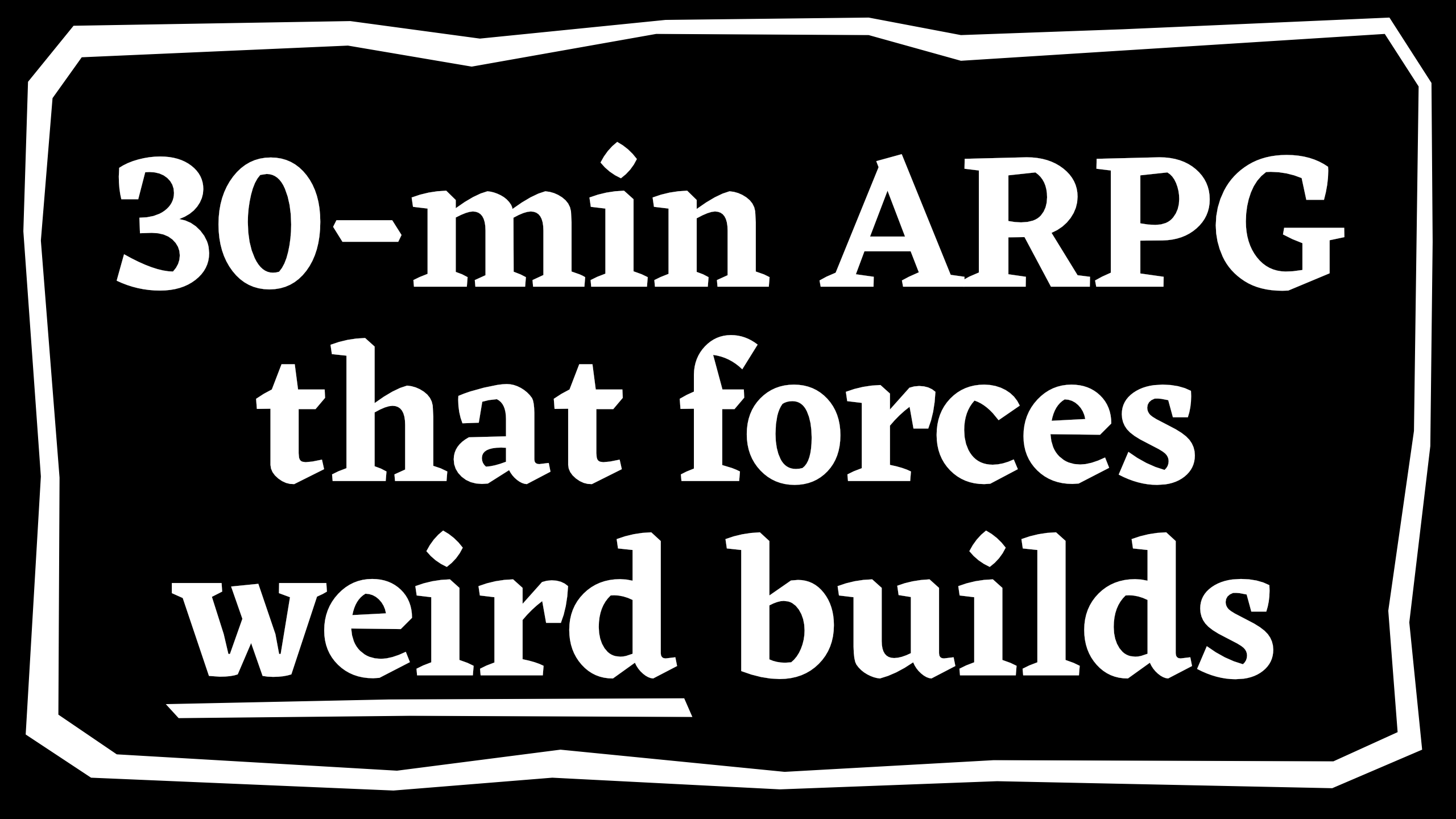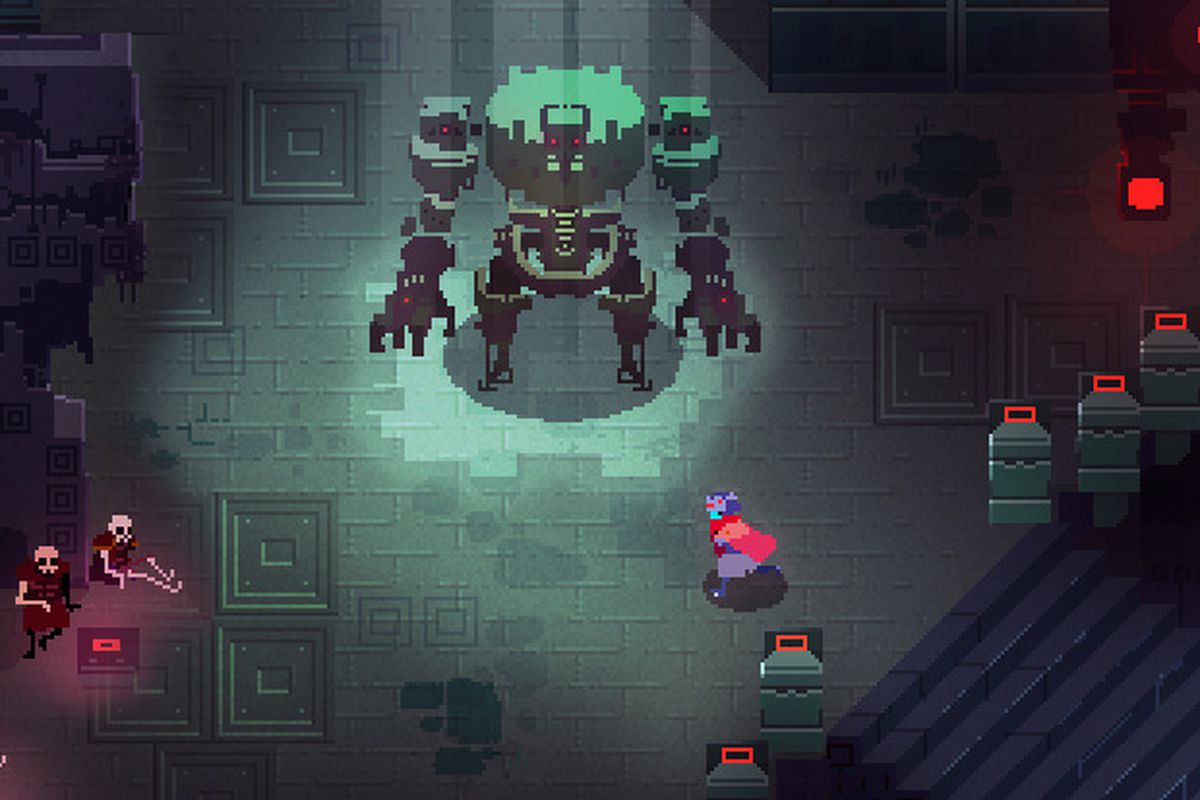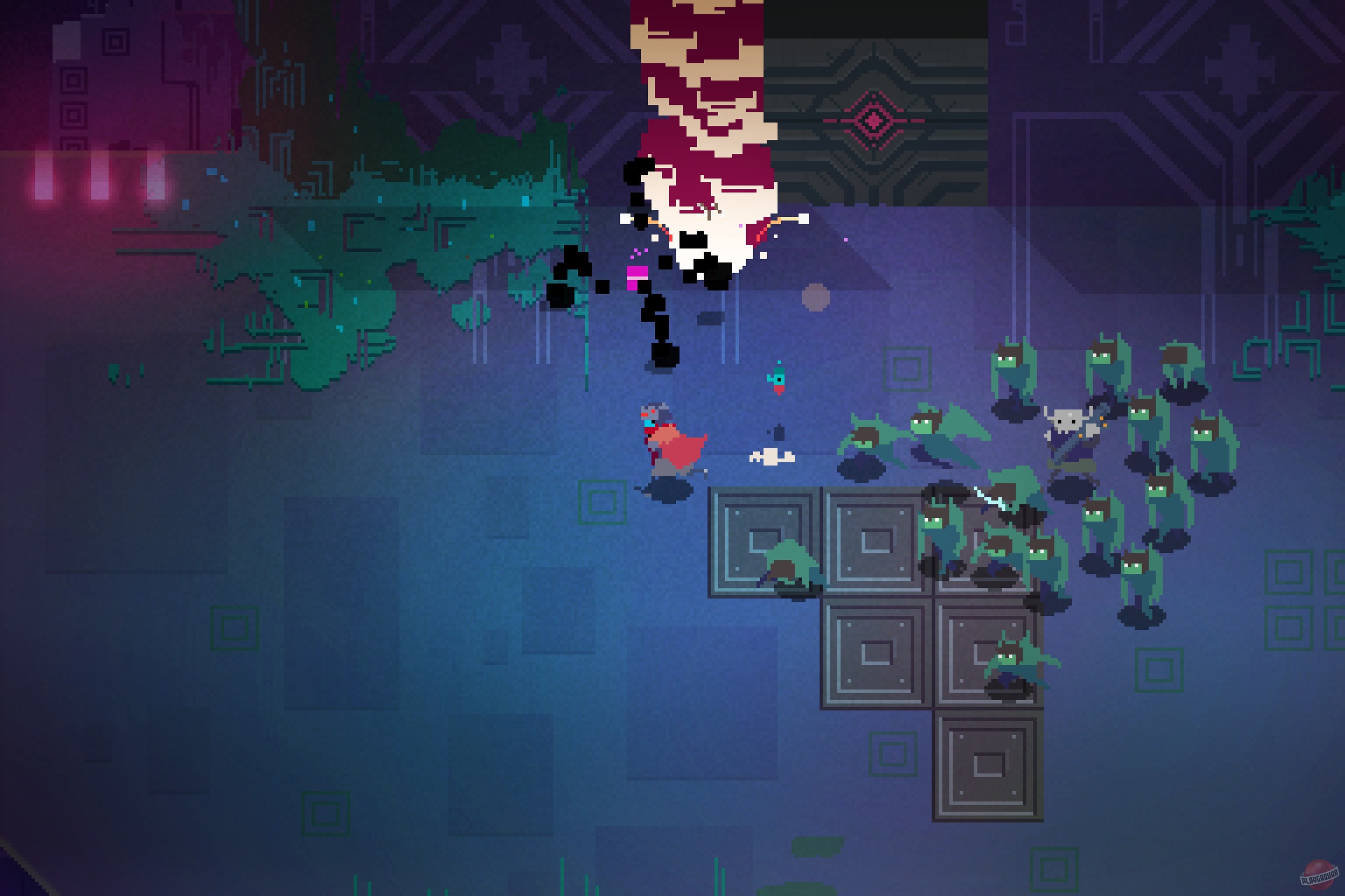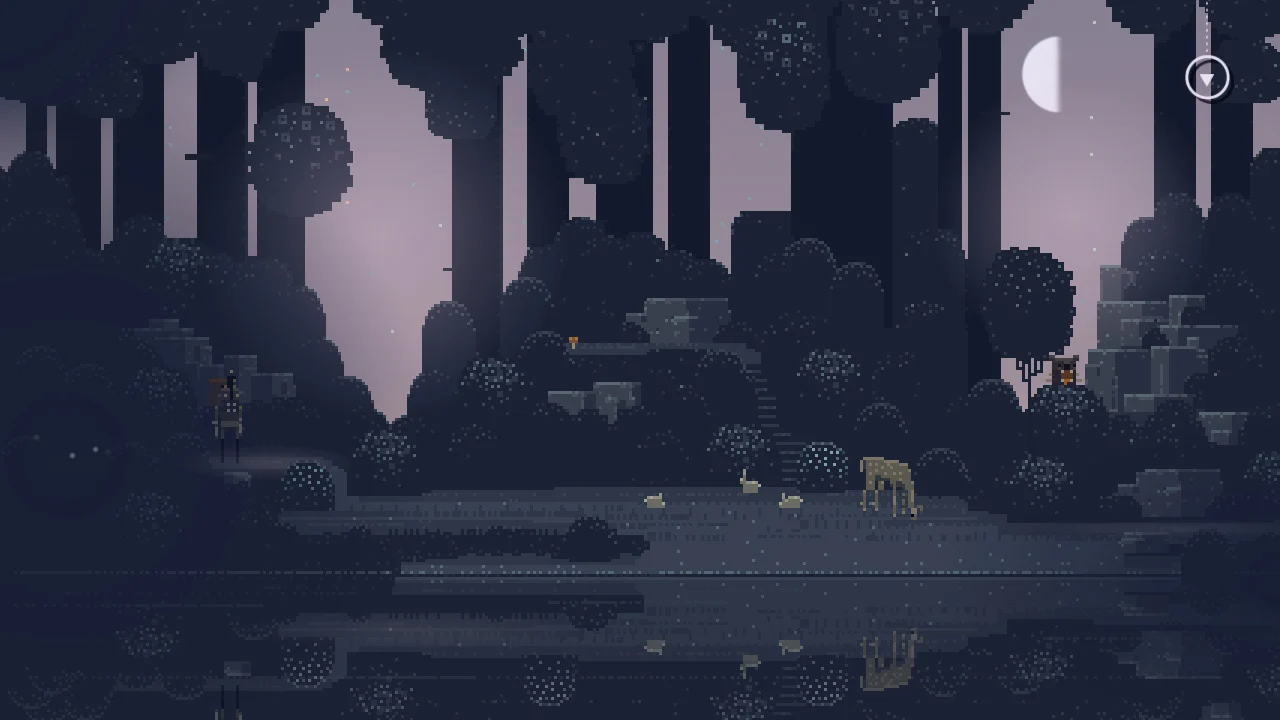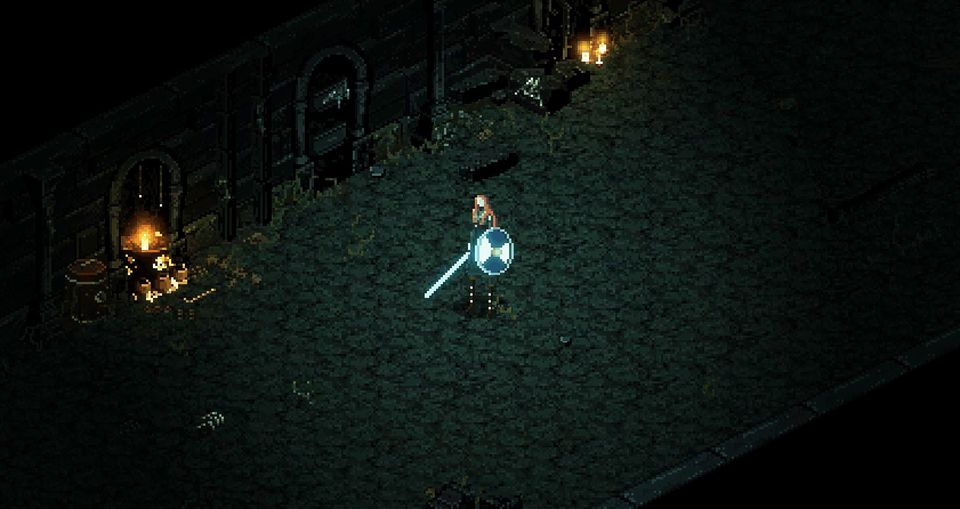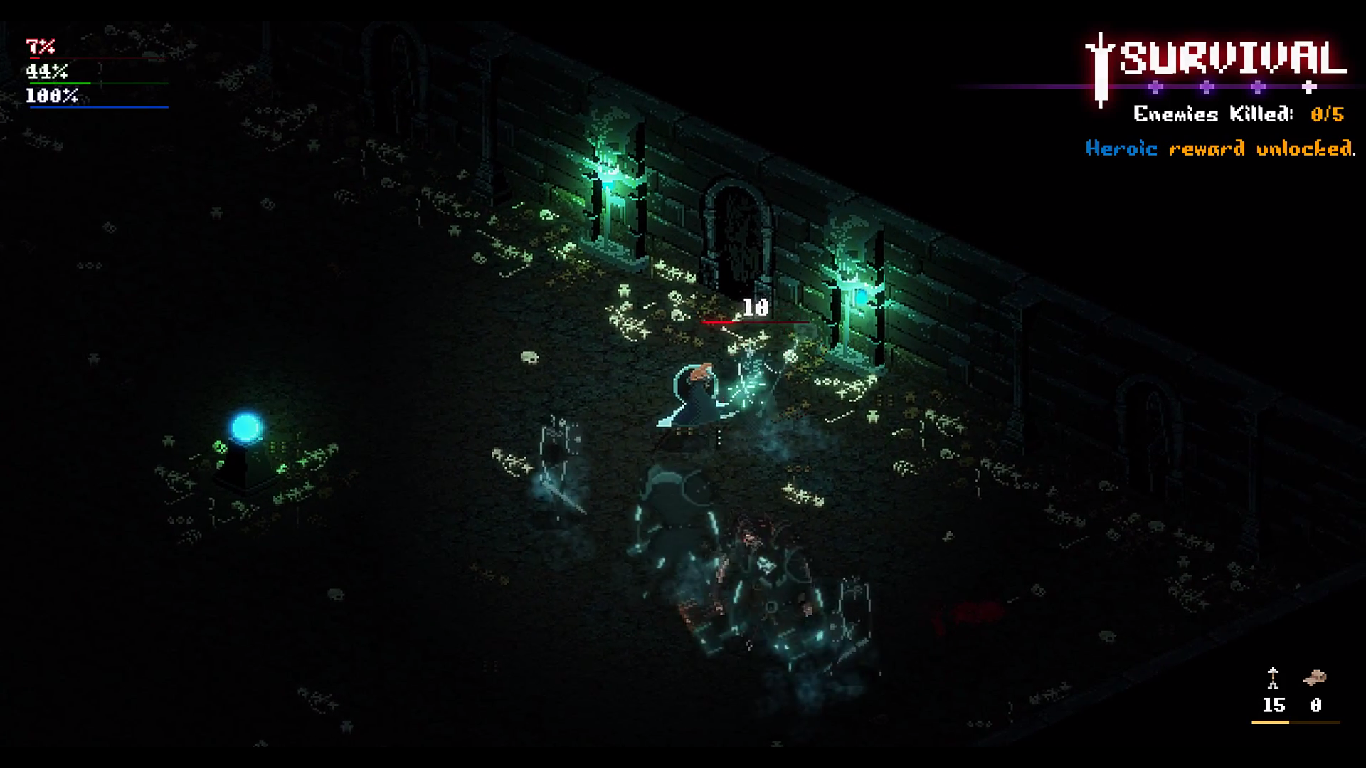Okay guys, this is a big one.
I’ve always been a huge fan of ARPGs. Anything that gives me a skill tree and lets me feel both creative and clever, for figuring out a unique build that allows me to cleave through enemies with ease.
While I know that I can’t make something the size or complexity of a game like Diablo II or Grim Dawn, I wanted to make a small-scale game that used randomisation to give a degree of replayability.
This way, I could focus on nailing mechanics and skills without having to create a large number of levels, environments, or items to keep players entertained.
Anyway, this is Dungeons of Amaroth. It’s still probably too big for me to ever make, but we can always live in hope.
Enjoy!
